Panasonic TX-L47WT50 Review
Panasonic TX-L47WT50
Panasonic gets its flagship groove on with this spectacular but flawed 47-inch LCD TV.
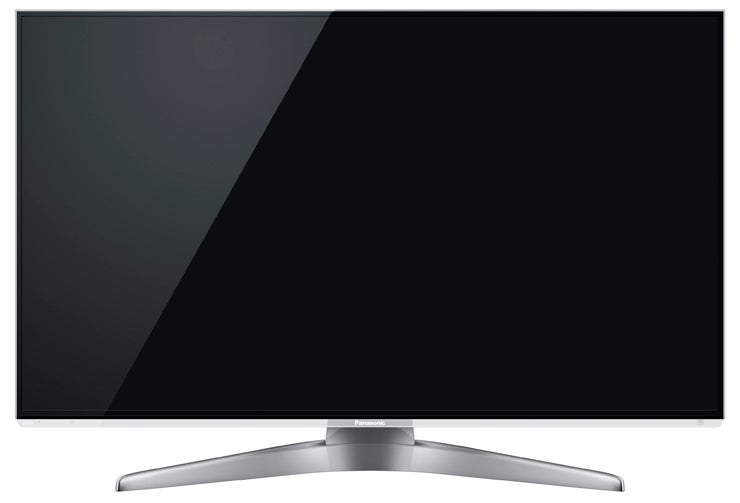
Verdict
Pros
- Beautiful, elegant design
- Bright pictures look amazing
- Multitasking is a boon
Cons
- Local Dimming is rather crude
- Black levels without local dimming aren't the best
- Trackpad remote option is poor
Key Specifications
- Review Price: £1499.00
- 47in LCD TV with edge LED lighting
- Active 3D playback
- Viera Connect online features
- Local dimming
- Multimedia playback via USB or LAN/wi-fi
Introduction
Panasonic’s latest LCD TV range has been a somewhat mixed bag so far. For while we’ve unexpectedly taken to the brand’s debut passive 3D TVs and been reasonably pleased with many of the company’s relatively small screen sizes, its ‘big boys’ have been a bit of a let down thanks to some fairly alarming backlight issues. Which brings us neatly to Panasonic TX-L47WT50.
This flagship set is interesting because while Panasonic’s 55-inch TVs have struggled, its 42-inch models have generally been much easier to live with. So we’re genuinely intrigued to see what we make of the Panasonic TX-L47WT50 with its mid-sized 47-inch screen.
Panasonic TX-L47WT50 Design
The Panasonic TX-L47WT50 gets off to a great start, at least, thanks to its seriously tasteful design. Its barely-there bezel is finished in a strikingly robust-looking black with a tasteful outer silver trim, and its stand is chic and futuristic. Also eye-catching is how slender the Panasonic TX-L47WT50’s metallic rear is. Basically it’s hard to reconcile this wonderfully trim and elegant set with the sort of chunky style-free TVs that have made up so much of Panasonic’s previous TV ranges.
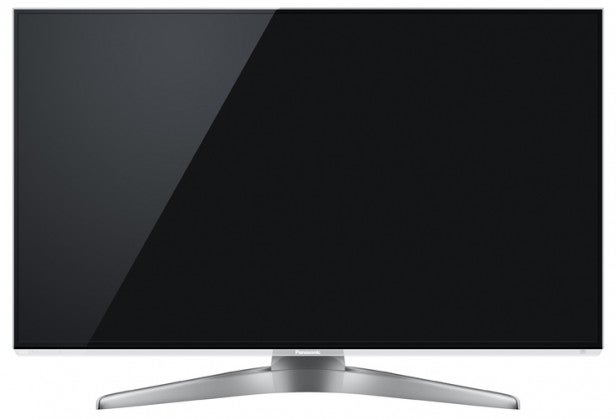
Panasonic TX-L47WT50 Connectivity
The Panasonic TX-L47WT50 is bristling with connections. Four HDMIs lead the way, all built to the v1.4 standard, while today’s multimedia needs are met by a trio of USBs, an SD card slot, a D-Sub PC port, and the increasingly inevitable LAN/built-in Wi-Fi ports for both accessing multimedia files on a DLNA PC or taking the TV online with Panasonic’s Viera Connect platform.
The video, photo and music file support is strong too, and you can record from the set’s built in Freeview HD and Freesat HD tuners to both USB HDDs and SD cards.
Pansonic TX-L47WT50 Smart TV
Panasonic Viera Connect continues to be one of the most interesting online platforms. It’s not as sophisticated with some aspects of its interface as some rival online TV services, and nor does it carry as much content. However, its online ‘marketplace’ section where you can download more apps and even buy accessories like wireless keyboards, 3D glasses and Skype cameras is superbly organised and intuitive to use – as well as being unusually sophisticated in terms of the way it lets you hand over your cash for the accessories and apps on offer.
In terms of Viera Connect’s content, video streaming services include Netflix, AceTrax, the BBC iPlayer, BBC Sport, EuroSport, and YouTube – though there’s still no LoveFilm support for some reason. Also notable is the quality of some of the games on Panasonic’s servers, with Let’s Golf 2 and Asphalt 5 both offering startlingly sophisticated and graphically rich experiences complete with the facility to join other players online. This goes way beyond the ultra-basic single-screen games found cluttering up so many rival online platforms.
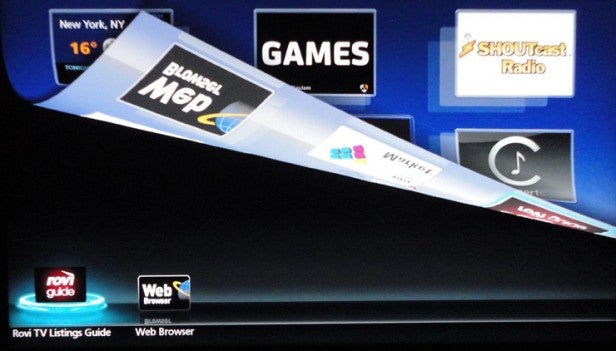
Panasonic TX-L47WT50 Specs
The Panasonic TX-L47WT50 uses a dual-core processing system, which proves very handy when using all the TV’s multimedia tools as it allows you to ‘multitask’. In other words, you can have up to six different apps running simultaneously, with you able to switch between them all simply by ‘lifting up’ the corner of the Viera Connect screen to reveal ‘go-to’ icons for all the apps you’ve got open at any given time. This really does make the set’s multimedia tools much easier to use.
Another potentially cool aid in making all the multimedia fodder easier to access and use is the second, trackpad-equipped remote control Panasonic ships for free with the TX-L47WT50. However, in reality this turns out to be more of a hindrance than a help, as the trackpad doesn’t respond as accurately as we’d like to our finger movements. The trackpad also tends to accidentally move the control cursor when you press it in a bid to select a highlighted option, and most annoyingly of all, the trackpad is a very small, circular design, which doesn’t tally at all well with the large, rectangular screen where the cursor you’re tying to control sits. Back to the drawing board with this one, then.
A separate control system we would whole-heartedly recommend, though, is the free Viera Control App you can download for Android devices and iOS products such as the iPhone 5. As well as offering a much more useful touchscreen interface than the second remote, you can also rather brilliantly throw content from your portable screen directly onto the TV, or you can transfer what’s showing on the TV onto your portable screen for watching elsewhere in the house.
Panasonic TX-L47WT50 Features
As you would expect of a flagship TV these days, the Panasonic TX-L47WT50 is well stocked with picture calibration tools, including colour management systems, gamma controls, and white balance adjustments. Plus you can control the level of strength of the set’s Intelligent Frame Creation (IFC) motion processing system, and its separate MPEG and standard noise reduction systems.
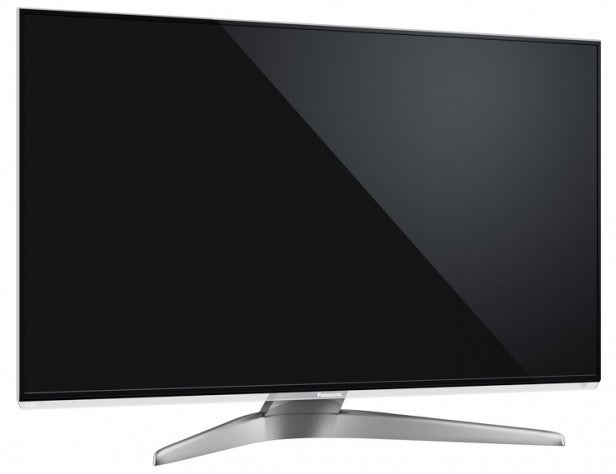
With so many calibration tools at its disposal, it’s no surprise to find the Panasonic TX-L47WT50 endorsed by the Imaging Science Foundation (ISF).
Panasonic TX-L47WT50 Picture Quality
The Panasonic TX-L47WT50’s pictures are delivered via an edge LED lighting system, working hand-in-hand with a local dimming engine that can apply different luminance outputs to different segments of the LED lights depending on the local content of the image being shown. This should deliver a considerable boost to the TV’s contrast.
However, our experience so far has been that Panasonic’s local dimming technology is fairly fundamentally flawed. And sadly, the TX-L47WT50 continues this trend.
The basic problem here is that Panasonic’s local dimming engine just isn’t sophisticated enough. All too often it causes some really quite strident blocks of light to appear around bright parts of predominantly dark images. For instance, in the shot near the start of Harry Potter and the Deathly Hallows Pt 2 where the camera tracks up from a shot of a bright downstairs kitchen to Harry, Ron and Hermione talking at the top of a dark staircase, you can very clearly see a rectangle of light stretching right across the screen across the diminishing part of the picture occupied by the brightness of the kitchen. The Sony KDL-55HX853, by comparison, shows no such obvious light ‘block’ with the same sequence.
Another great example of the sort of problems Panasonic’s local dimming system can throw up occurs at around the 32-minute mark in The Deathly Hallows Blu-ray, where Neville leads Harry through a dark tunnel by torchlight. The bobbing and swaying of the torch sends the Panasonic TX-L47WT50’s local dimming into meltdown, with large chunks of the picture changing their brightness levels in a seriously over-aggressive – and thus distracting – way.
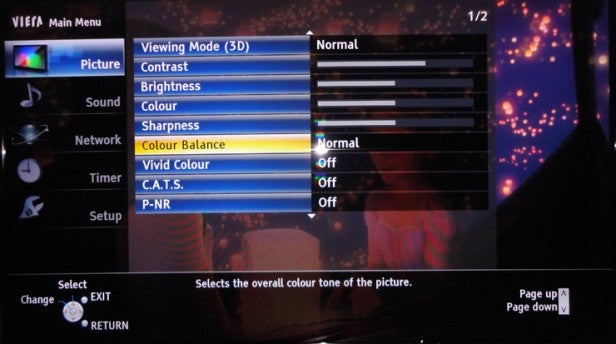
This sequence also contains some pretty aggressive shifting of the picture’s underlying brightness levels, showing that there’s also not as much subtlety to the TV’s dynamic contrast system as we’d like to see.
An obvious solution to at least some of these sort of distractions would be to just turn off the local dimming, right? Well, yes, turning it off certainly stops all the distracting light blocking. But it also results in a fairly drastic reduction in the image’s black level response, leaving dark scenes looking grey and washed out. Dark colours look a bit unnatural as a result, and there’s also a noticeable drop off in visible shadow detailing.
This latter point does at least highlight just how unusually good the Panasonic TX-L47WT50 is at rendering shadow detail with its local dimming engine in play. And the general greyness of the no-local-dimming pictures also reminds us to say that actually the L47WT50‘s underlying black level response with dimming on is actually very good by LCD standards. There’s certainly no doubt that on balance we’d much rather have the local dimming on than turn it off. But all this really means, overall, is that there’s no way to watch dark scenes on the Panasonic TX-L47WT50 that doesn’t leave you feeling distracted at fairly regular intervals.
What’s particularly sad about this is that we can’t help but think the whole situation could have been avoided – or at least improved – if Panasonic had provided a backlight adjustment (something almost all other brands offer on their LCD TVs now) and some degree of control over the potency of the local dimming system.
Also making the screen’s dark scene flaws more aggravating is the really pretty superb quality of the Panasonic TX-L47WT50’s handling of bright footage. For instance, HD broadcasts and Blu-rays look superb for the majority of the time – extremely sharp and detailed, and saturated in truly resplendent colours which, despite their vibrancy, still manage to exhibit both an extreme range of tone and pretty much infinite blend of subtleties.
Noise is practically non-existent too, and motion clarity is among the best we’ve ever seen from an LCD TV, even if you don’t use the IFC system. Though personally we felt quite happy to use it on its Minimum level, as this delivers some benefits without throwing up nasty side effects.
The image’s contrast looks remarkably extreme for an LCD TV too with good Blu-ray movie sources. It’s just a shame this comes at the expense of the backlight flaws we’ve already discussed.
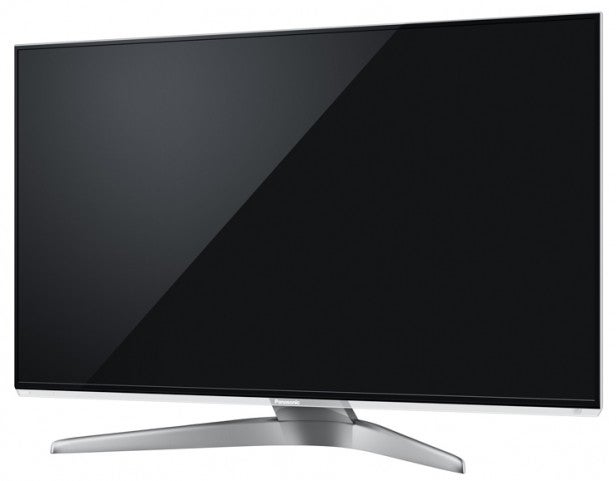
The Panasonic TX-L47WT50 is also a strong standard definition performer. It upscales standard def to its full HD resolution very nicely, adding plenty of detail and sharpness while simultaneously doing a very good job of weeding out source noise. There remains a little MPEG compression ‘flicker’ in the backgrounds of low-quality channels, but this isn’t majorly distracting, and can be tamed by using the MPEG NR system – though we’d recommend only using this on its lowest setting and not at all if you’re watching HD.
Panasonic TX-L47WT50 3D
Squirting some 3D into the Panasonic TX-L47WT50 and donning one of the two pairs of active shutter glasses that ship free with the TV also garners some pretty spectacular results. Particularly outstanding is the picture’s almost total freedom from the crosstalk double ghosting noise usually associated with active 3D technology. Not even the infamous lanterns at night sequence in Tangled causes the set any trouble, with each lantern looking crisp, clean and ‘singular’. So impressive an achievement is this that we felt like standing up and applauding.
Detail levels with HD 3D feeds are sumptuous too, reminding you in no uncertain terms why the active format was created and stressing that no matter what LG and some commentators might say, passive 3D just cannot deliver the same degree of flawless HD sharpness and detail (without using a 4K panel, anyway).
Also surprising is how bright and colourful 3D looks despite the dimming impact of the 3D glasses. This proves very handy for enhancing the sense of depth in the image, especially during dark scenes, as you can see background detail that can go missing on lesser active 3D panels.
With motion also looking decently crisp and fluid, the only serious issue we have with the Panasonic TX-L47WT50’s 3D is the amount of flicker we occasionally detected. You can also sometimes see the backlight ‘chunking’ problems noted with 2D viewing, but these are reduced in impact by the dimming effect of the glasses. All in all, the L47WT50 is as convincing a display of 3D’s living room potential as we’ve seen on a TV.
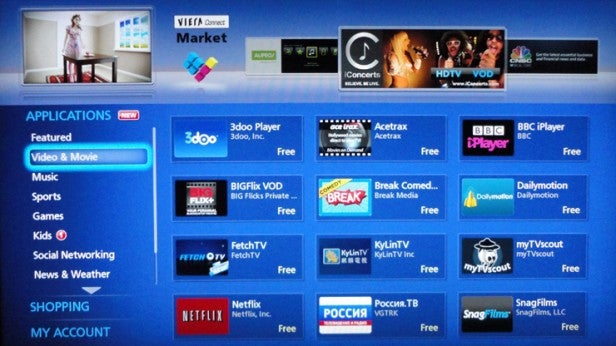
The Panasonic TX-L47WT50’s 3D skills make it a potentially tasty gaming screen. So it’s nice to find it only suffering with around 38ms of input lag. This should not be enough to significantly impede your gaming.
Sonically the Panasonic TX-L47WT50 is better than expected given how ultra-slim it is. Bass is in short supply, inevitably, but the mid-range is open enough to avoid sounding compressed except under the severest of pressure. Plus there’s strong treble detailing, and a reasonably wide soundstage. Voices can sound a bit distorted at high volumes, and clearly no speakers as tiny as those in the L47WT50 will ever rival a separate audio system. But overall, we were quietly impressed.
Panasonic TX-L47WT50 Verdict
The Panasonic TX-L47WT50 is one of the most frustrating TVs we’ve ever dealt with. With bright, colourful footage of the sort which, to be fair, makes up the majority of your viewing time, it’s capable of producing some of the very best picture quality we’ve seen, complete with stunning sharpness, rich colours and bags of contrast. It’s class-leadingly good with 3D, too.
With dark footage, though, it’s nearly impossible to get a completely satisfying, immersive picture, thanks to the lack of black level response without local dimming active, or the distracting backlight issues you get when it is active.
This makes the set a potential non-starter for serious film fans, for whom Panasonic’s plasma screens this year will surely be a better option.
How we test televisions
We test every TV we review thoroughly over an extended period of time. We use industry standard tests to compare features properly. We’ll always tell you what we find. We never, ever, accept money to review a product.
Trusted Score
Score in detail
-
Features 9
-
3D Quality 9
-
Value 7
-
Image Quality 8
-
Design 10
-
2D Quality 8
-
Sound Quality 7

